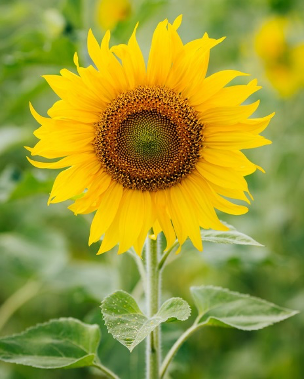The Roof of the World: The Jaw-Dropping Mountain Range of the Pamir Mountains
- Teju Vishwamitra
- Nov 23, 2024
- 3 min read
Updated: Dec 25, 2024

In one of our earlier blogs, we spoke about the thrilling and vast mountain range in South America called Patagonia. As impressive as Patagonia is, that is not the only huge mountain range on our planet Earth. There is an equally compelling range of high mountains in Asia called the Pamirs!
What and where are they exactly?
The Pamir Mountains are a mountain range in Central Asia formed by a junction, or knot, of the Himalayas, Tian Shan, Karakoram, Kunlun, and Hindu Kush mountain ranges. They are among the world’s highest mountains.
Most of the Pamirs lie within Tajikistan, but they also extend into Afghanistan, China, and Kyrgyzstan. The Pamir mountain range is around 300 to 145 million years old!

Why is it called the Roof of the World?
The Pamir Knot is popularly called the “Roof of the World” because it is situated at an extremely high altitude. The mountains here rise over 13,123 feet (4,000 meters) above sea level!
Climate in the Pamirs
The Pamir range is covered in snow throughout the year, with an annual precipitation of only around 5 inches (130 mm). Winters are long and frigidly cold, while summers are short and slightly warm. This climate encourages grass growth but not the growth of trees.
Flora and Fauna of the Pamir Mountains
Brown bears, wolves, marmots, and the unique, endemic Marco Polo (or Argali) sheep reside in this vast range. The majestic markhor, a regal goat species, is also found here. However, the keystone species is the elusive and rare snow leopard.
Tickell's Thrush, Himalayan Snowcock, Himalayan Griffon, Bar-Headed Goose, Brown-Headed Gull, White-Winged Redstart, Brown Accentor, Altai Accentor, and many others make up the abundant bird species of this massive region. The large-billed reed warbler is one of the rare bird species found in these wildernesses.
Low-branching shrubs, cushion plants, and dense, turf-forming grasses are examples of the vegetation prevalent in the Pamir Mountain range.





Did You Know
The main difference between a sheep and a goat:
Sheep are grazers whereas goats are browsers.
A sheep’s tail hangs down; a goat’s tail usually points up.
Sheep are known for their woolly coats, which require annual shearing. Goats are generally hairy and do not require hair trimming.
Some goats have beards; sheep don’t.
Some sheep have manes.
Sheep have an upper lip that is divided by a distinct philtrum; goats do not. Philtrum is the vertical line in the middle of the upper lip running from the bottom of the nose to the top of the upper lip.
Most goats have horns; many sheep, but not all, naturally lack horns. Goat horns are narrower and usually straighter; sheep horns tend to be thicker and curved, looping around on the sides of their heads.




Comments